
The Art of South Florida Gardening
Second Edition
A unique guide to planning, planting, and making your subtropical garden grow
Harold Songdahl and Coralee Leon
Illustrations by George Curtis
Plant drawings by Coralee Leon

Pineapple Press, Inc.
Sarasota, Florida

Pineapple Press is committed to preserving ancient forests and natural resources. We elected to print Art Of South Florida Gardening on 50% post consumer recycled paper, processed chlorine free. As a result, for this printing, we have saved:
22 Trees (40' tall and 6-8" diameter)
9,364 Gallons of Wastewater
3,766 Kilowatt Hours of Electricity
1,032 Pounds of Solid Waste
2,028 Pounds of Greenhouse Gases
Pineapple Press made this paper choice because our printer, Thomson-Shore, Inc., is a member of Green Press Initiative, a nonprofit program dedicated to supporting authors, publishers, and suppliers in their efforts to reduce their use of fiber obtained from endangered forests.
For more information, visit www.greenpressinitiative.org
Copyright 2007 by Harold Songdahl and Coralee Leon
All rights reserved. No part of this book may be reproduced in any form or by any means, electronic or mechanical, including photocopying, recording, or by any information storage and retrieval system, without permission in writing from the publisher.
Inquiries should be addressed to:
Pineapple Press, Inc.
P.O. Box 3889
Sarasota, Florida 34230
www.pineapplepress.com
Library of Congress Cataloging-in-Publication Data
Songdahl, Harold, 1931
The art of south Florida gardening : a unique guide to planning, planting, and making your subtropical garden grow / Harold Songdahl and Coralee Leon ; illustrations by George Curtis ; plant drawings by Coralee Leon. -- 2nd ed.
p. cm.
Includes bibliographical references and index.
ISBN 978-1-56164-393-6 (pbk. : alk. paper)
1. Landscape gardening--Florida. I. Leon, Coralee. II. Title.
SB473.S595 2007
635.909759--dc22
2007006163
Second Edition
10 9 8 7 6 5 4 3 2 1
Design by Sh Heaton
This edition of The Art of South Florida Gardening is dedicated to our friend, the late George Curtis, World War II hero of the Battle of Normandy, lover of birds and all animals, and brilliant artist whose charming and ingenious pen-and-ink gardening birds it has been our privilege to have enlivening the pages of this book.
We also wish to acknowledge the kindness of those who helped: Dr. Monroe Birdsey, South Florida horticulturist and esteemed university professor; Seymour Goldwebber, University of Florida extension agent emeritus; Ray Glenn, longtime Florida nurseryman; Dee Hull, with the Miami-Dade County Agricultural Extension Service; Robert J. Knight Jr., former research horticulturist with the USDA and the University of Florida at Homestead; and Mary Schneider of the Miami-Dade County Master Gardeners program.


Contents


About the Authors
Harold Songdahl
 arold Songdahl was born in Miami on April Fools Day, 1931. He was educated in botany, but his intimate knowledge of horticulture and gardening comes from a lifetime of growing and living with plants. To Harold, plants are fascinating and fun. They always have been.
arold Songdahl was born in Miami on April Fools Day, 1931. He was educated in botany, but his intimate knowledge of horticulture and gardening comes from a lifetime of growing and living with plants. To Harold, plants are fascinating and fun. They always have been.
By the age of six, Harold was digging up interesting seedlings from vacant lots and bringing them home to show his mother. By nine, he had begun to experiment with harvesting seeds. Among his favorites were those of the Bright Eyes periwinkleswhite with red centers, then fairly rarewhich he planted in the yard. He also grew a cherry hedge from seed to a height of 12 inches before yanking it out, having learned an early lesson: Cherry hedges need a lot of trimming.
Harolds enthusiasm was encouraged by his father, a master mariner who loved working with plants during his relatively brief periods ashore. It was from his dad that Harold learned how to propagate plants by air layering their branches and grafting and budding. He remembers his father creating wondrous trees that produced fruit salads of oranges, grapefruit, and limes, and hibiscus bushes that bloomed in many colors.
But Harold was anything but a hortinerd. He played left tackle on the undefeated 1949 Miami Senior High football team. He and his buddies kayaked and sailed together on Biscayne Bay, spear-fished using homemade Hawaiian slings, and, before there was a Rickenbacker Causeway, swam across to Virginia Key. There were frequent adventures into the Evergladeswhich was a bit easier then because, in Miami at least, the end of the civilized world was Le Jeune Road.

He explored South Florida from sea to shining Gulf, from Lake Okeechobee to Florida Bay, learning its topography and flora first-hand: Everglades marshes, pinelands, hammocks, pinnacle rock, sand, and the rocky bluffs from the ice ages, which scientists still come to study where they erupt in Coconut Grove at the edges of manicured lawns along South Bayshore Drive.
Thousands of orchids, ferns, and bromeliads were to be found wild in those days, and each hardwood hammock was home to its own unique variety, distinctively marked, of tree snail. Many of the old hammocks are now gone, their hundreds of live oaks and the species they sheltered replaced by houses and roads and invidious melaleuca trees.
By the time he graduated from the University of Miami, Harold had served four years in the United States Navy. During the Korean War hed been posted at the naval air station in Hawaii, where he discovered plant life very much like that of South Florida, though much more lush owing to the rich volcanic soils.
Back home at his first job, with the sheriffs office, he would startle his patrol partners by suddenly screeching to a halt to get a better look at, and sometimes collect, an unusual plant hed spotted along the road. Inevitably his natural interests and background led him to professional horticulture, and he has never left it.
During his career in the South Florida foliage, nursery, and landscaping industries, Harold has earned his reputation as one of the most knowledgeable horticulturists in the region. He has lived, worked, and gardened on every kind of South Florida soil, and has professionally grown at least one of just about every kind of plant that will grow here, as well as some that arent supposed to.
Next page
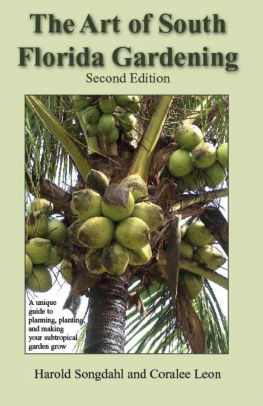
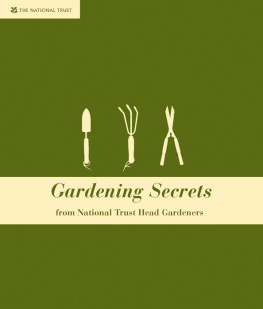

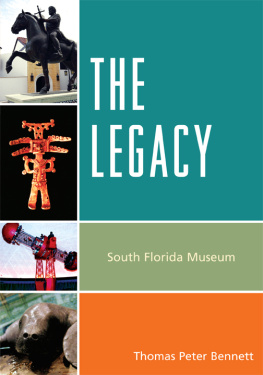

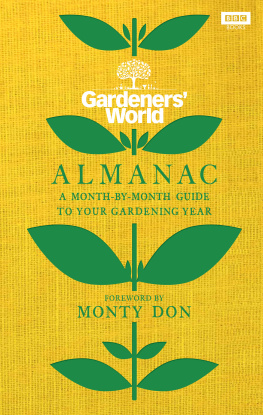
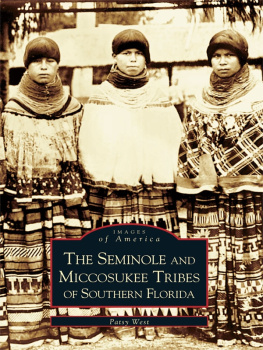








 arold Songdahl was born in Miami on April Fools Day, 1931. He was educated in botany, but his intimate knowledge of horticulture and gardening comes from a lifetime of growing and living with plants. To Harold, plants are fascinating and fun. They always have been.
arold Songdahl was born in Miami on April Fools Day, 1931. He was educated in botany, but his intimate knowledge of horticulture and gardening comes from a lifetime of growing and living with plants. To Harold, plants are fascinating and fun. They always have been.